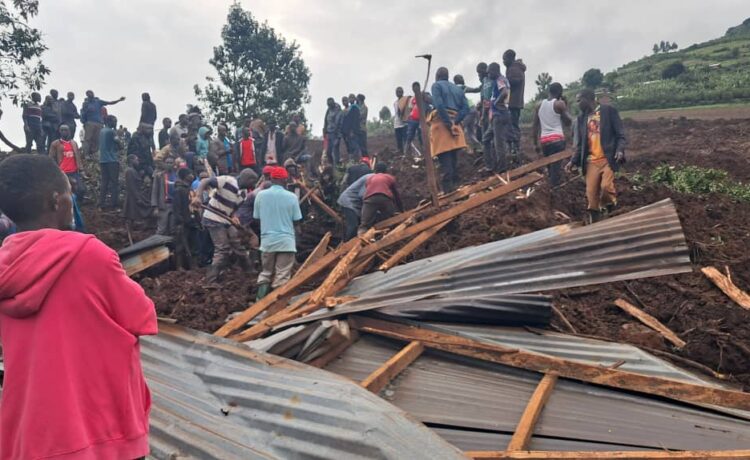The Sebei Sub-region, including Kapchorwa, Kween, and Bukwo, has once again been struck by devastating mudslides and floods. Families have lost homes, farmland, livestock, and loved ones. Roads are cut off, schools and clinics damaged, and emergency response has been painfully slow, leaving communities to decide for themselves.
The Human Cost
Recent rains have triggered mudslides in the upper slopes and flooding in the lower plains, leaving dozens dead, scores missing, and thousands displaced. Entire villages in Bukwo and Kween have been swallowed by mud, while crops and properties in Kapchorwa are underwater.

The devastation is personal. Mothers have lost their children in a single night, clutching empty blankets where their little ones once slept. Farmers have watched entire maize and bean fields vanish underwater, the only source of food for months gone in hours. Elders have been trapped in mud and debris, their homes destroyed, with no one coming quickly to rescue them.
Survivors are urgently in need of shelter, clean water, food, medical care, and psychosocial support, yet much of this aid has not arrived. Some people are still missing, buried under mud, with no government action to locate them.
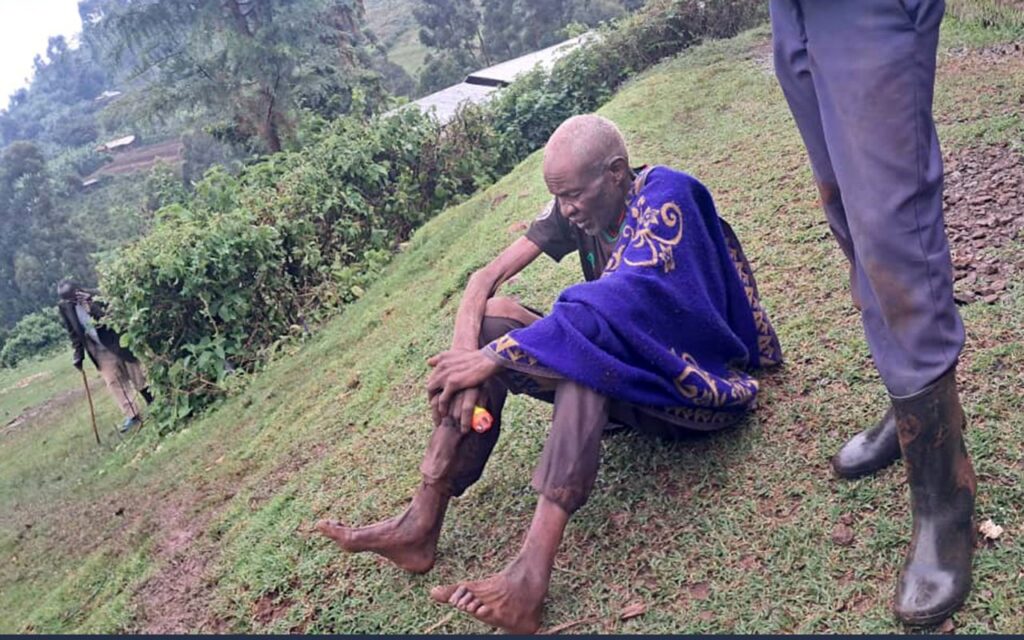
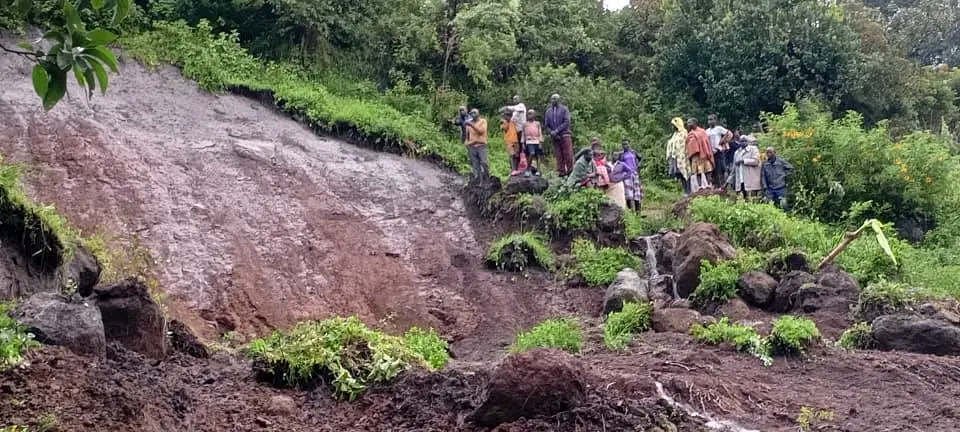

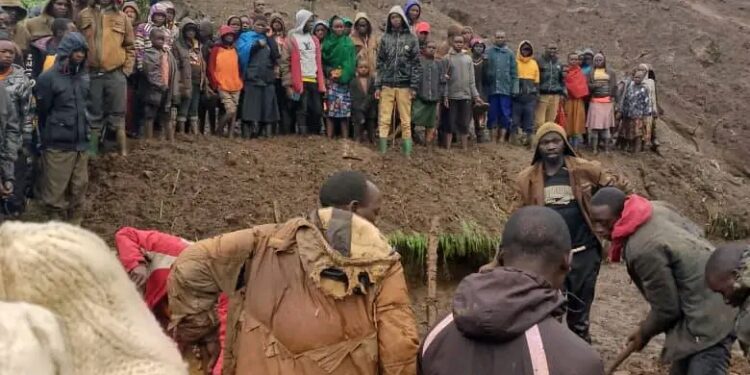
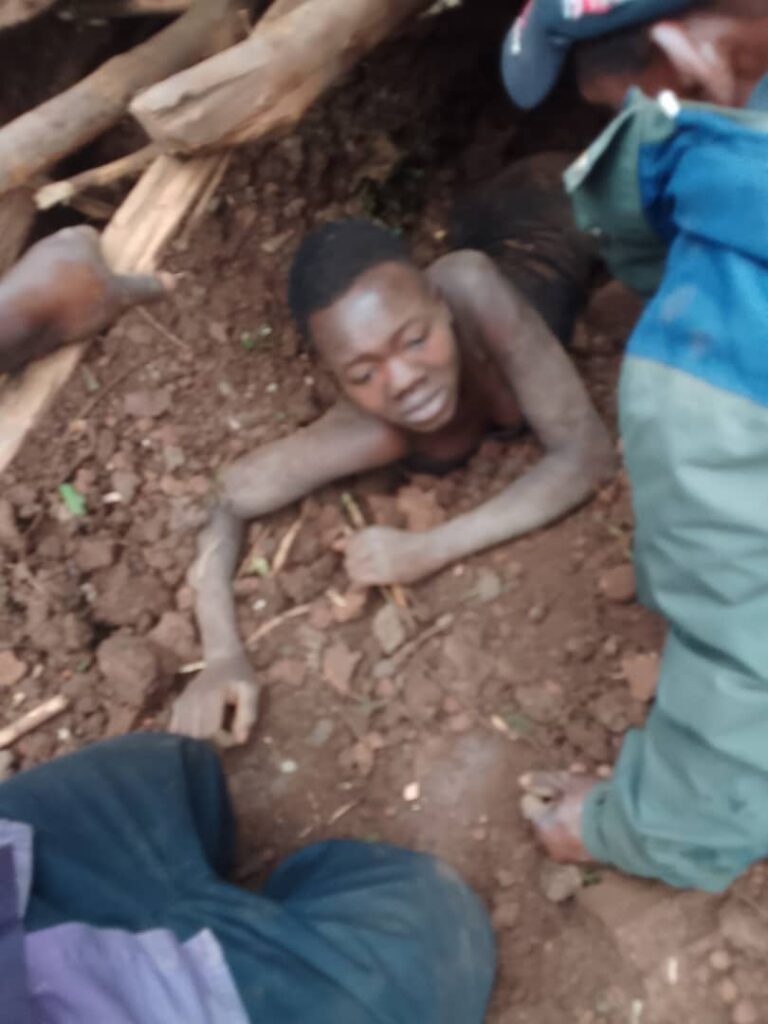
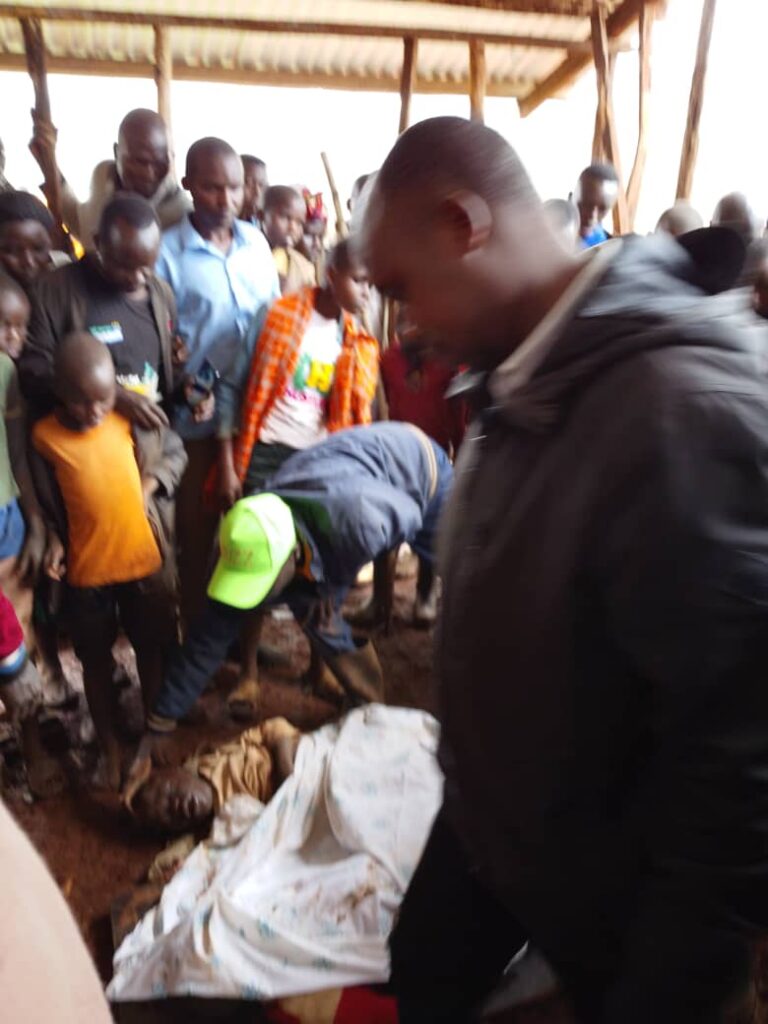
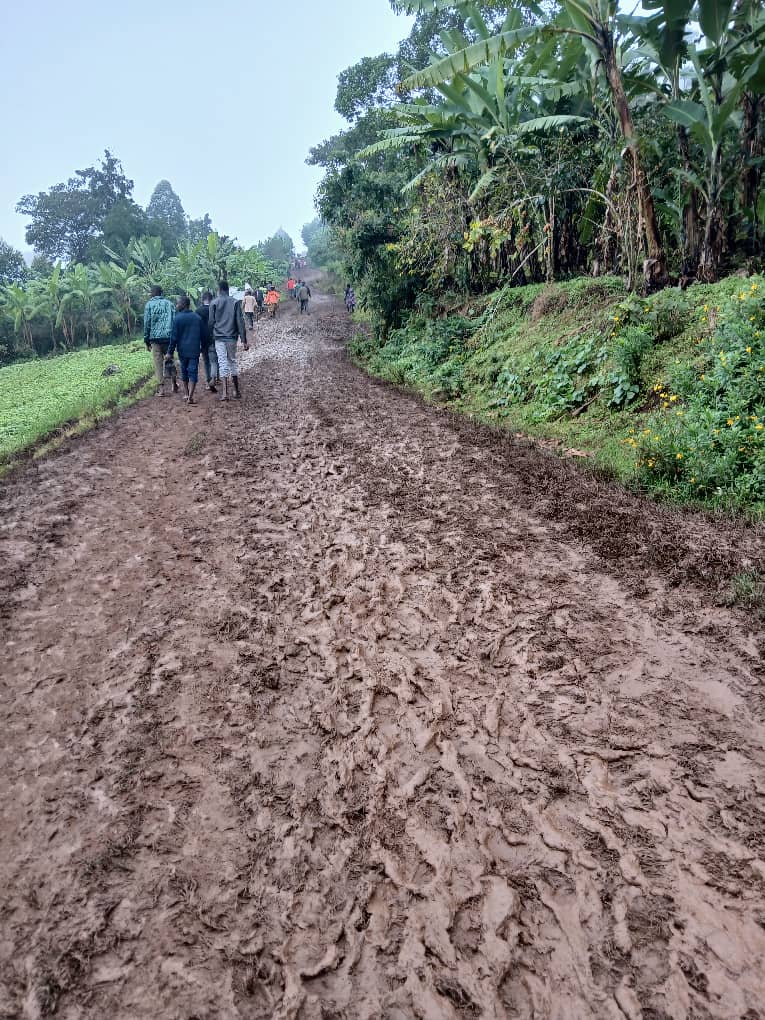
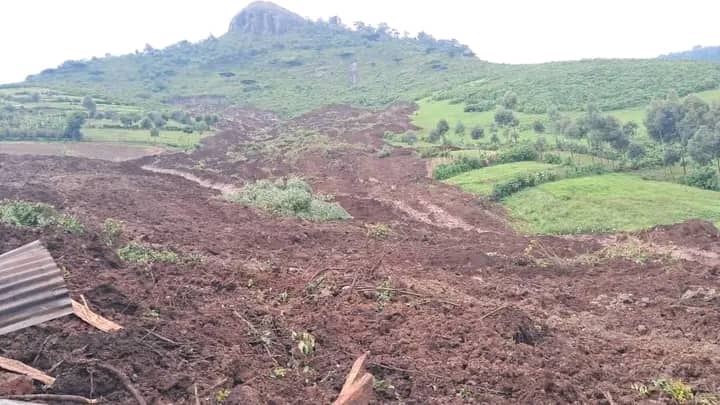


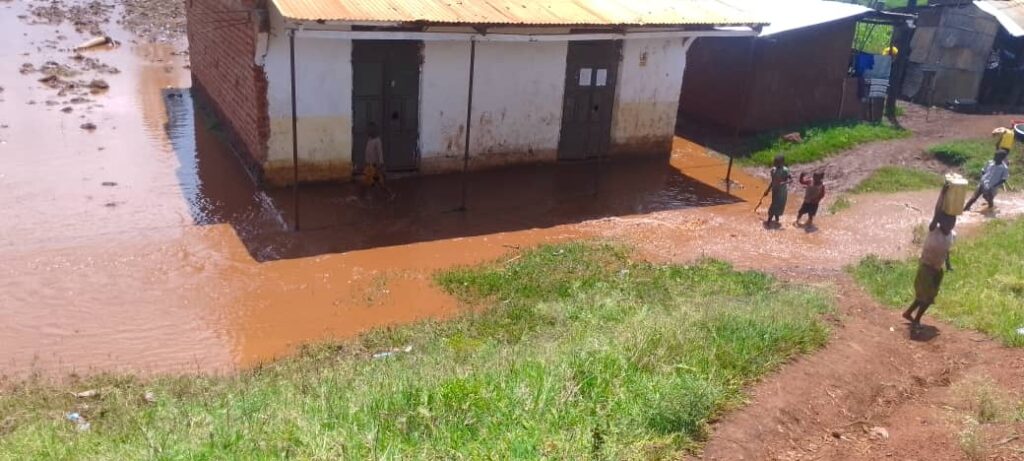
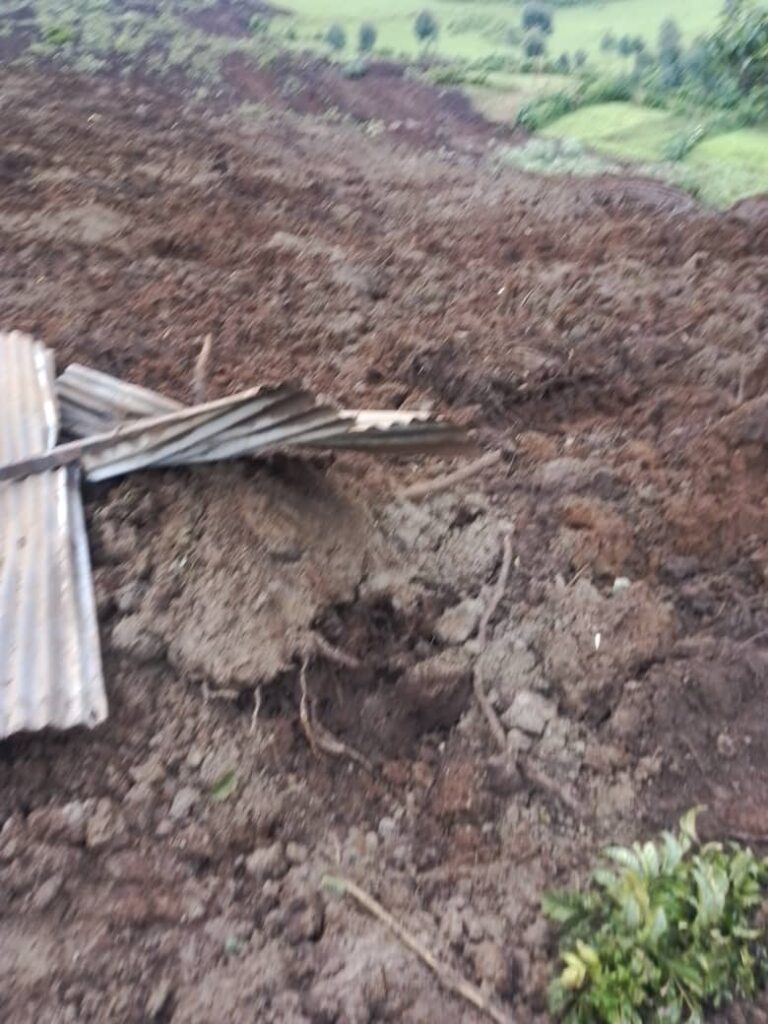
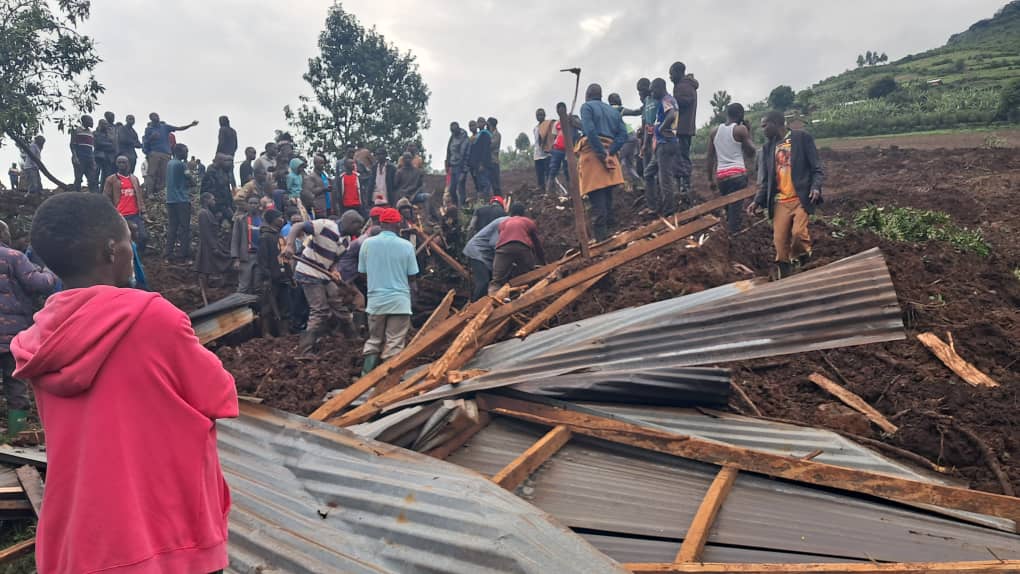
Government Response in Sebei
Today, Minister of State for Disaster Preparedness Hon. Lillian Aber visited the affected communities. While her presence shows acknowledgment, it comes days after the disasters struck.
The challenges on the ground remain immense. Rescue and relief efforts are largely dependent on local youth and community volunteers. Roads are cut off, slowing the delivery of food, water, and medical supplies. There is no rapid deployment of helicopters or advanced search teams. Families remain in makeshift shelters, exposed to rain, mud, and disease. Notably, no senior leaders have visited, nor has there been a public condolence message, a stark contrast to other disasters.
A Stark Historical Comparison
When Bulambuli District was devastated by a major landslide on 27 November 2024, the government acted with urgency.
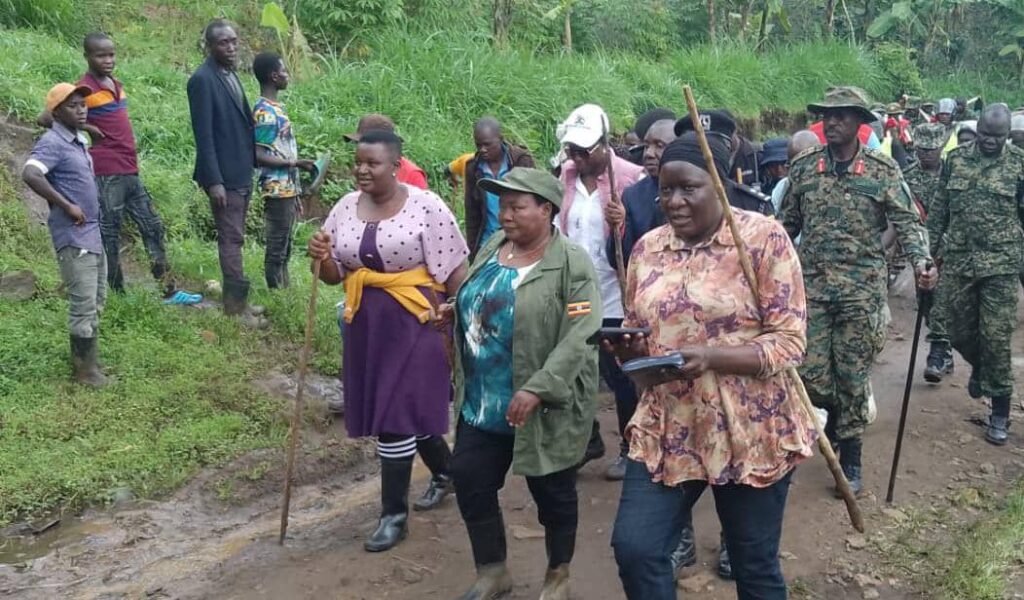
The Prime Minister personally visited the affected areas, helicopters were deployed, the UPDF, police, and other rescue teams were immediately dispatched, and emergency relief reached victims within hours. Resettlement preparations and aid distribution were quickly organized, showing a high level of coordination and commitment from the highest levels of government.
When Bududa District was devastated by mudslides on 3 March 2010,

President Yoweri Museveni walked through the affected areas carrying his AK-47, personally assessing the disaster and offering condolences. Helicopters and emergency teams were deployed immediately, and government relief was visible and swift.
At the same time that Sebei faced these mudslides, Kenya’s Elgeyo Marakwet region experienced similar disasters. The Kenyan government acted immediately:
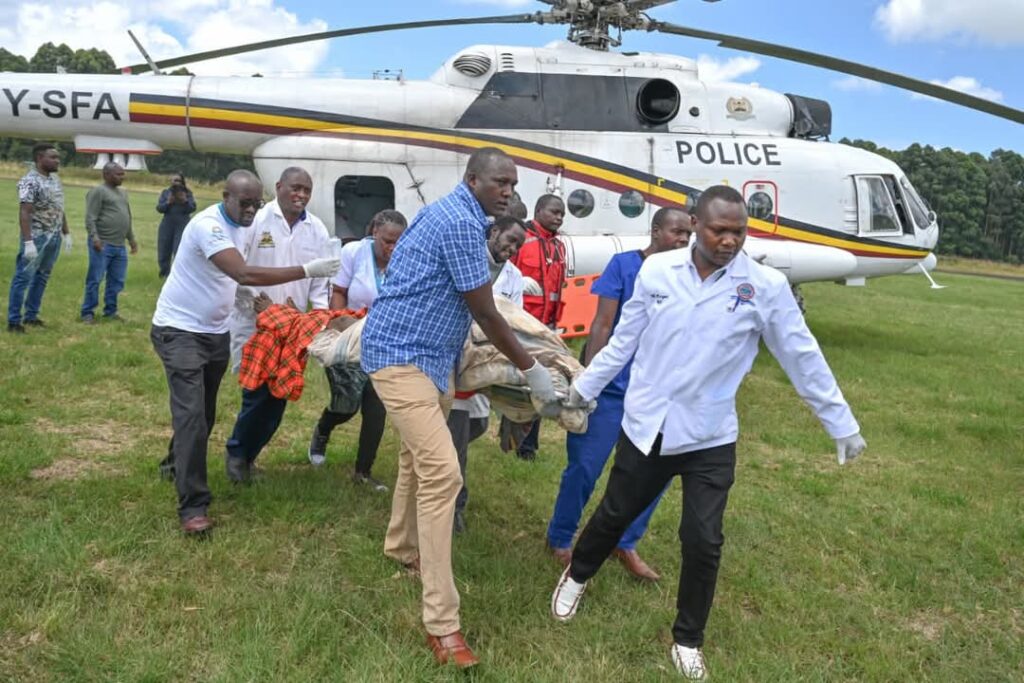
Residents were evacuated using helicopters, the Presidential team and concerned cabinet secretaries were on the ground, and rescue, relief, and resettlement efforts were swift and well-coordinated.
In Sebei, the reality is completely different.
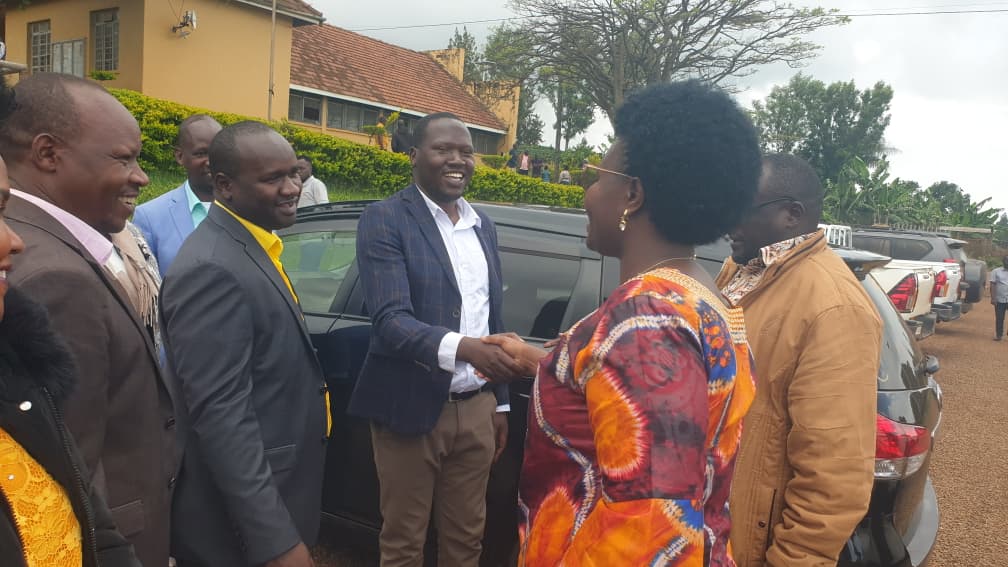
Minister Lillian Aber only arrived days later. There are no helicopters, no rescue operations teams, and many people remain missing and buried under mud. Families are left to survive on their own. The lack of urgency, resources, and top-level engagement demonstrates a persistent neglect of Sebei by the current government.
Youth Voices and Call to Action
The Sebei youth are the first responders on the ground, documenting losses, helping families, and coordinating makeshift relief. But youth energy alone cannot replace the government’s responsibility.
The demands are immediate emergency response, swift rescue and aid to affected families, transparent and equitable support including tents, food, clean water, medical care, and psychosocial services delivered fairly. Long-term disaster preparedness is needed, including slope stabilization, flood mitigation, early warning systems, and resilient infrastructure. Youth involvement must be prioritized, empowering local youth in planning, documenting, and implementing relief and recovery. Accountability is crucial, and timely action must follow statements with explanations for delays.
Conclusion
Mudslides and floods are not new to Sebei, but government inaction continues to magnify their impact. Families are displaced, crops lost, and communities traumatized while waiting for assistance that comes too late. Some victims are still buried and have yet to be found. The comparison with Kenya, where immediate and effective action was taken, highlights the stark neglect of Sebei by the sitting government.
The youth of Sebei will not remain silent. They are organizing, documenting, and demanding accountability, ensuring communities are seen, heard, and helped.
Join the Sebei National Youth Movement. Share your story, help organize relief, and fight for the justice and support the region deserves. Together, we rise.

